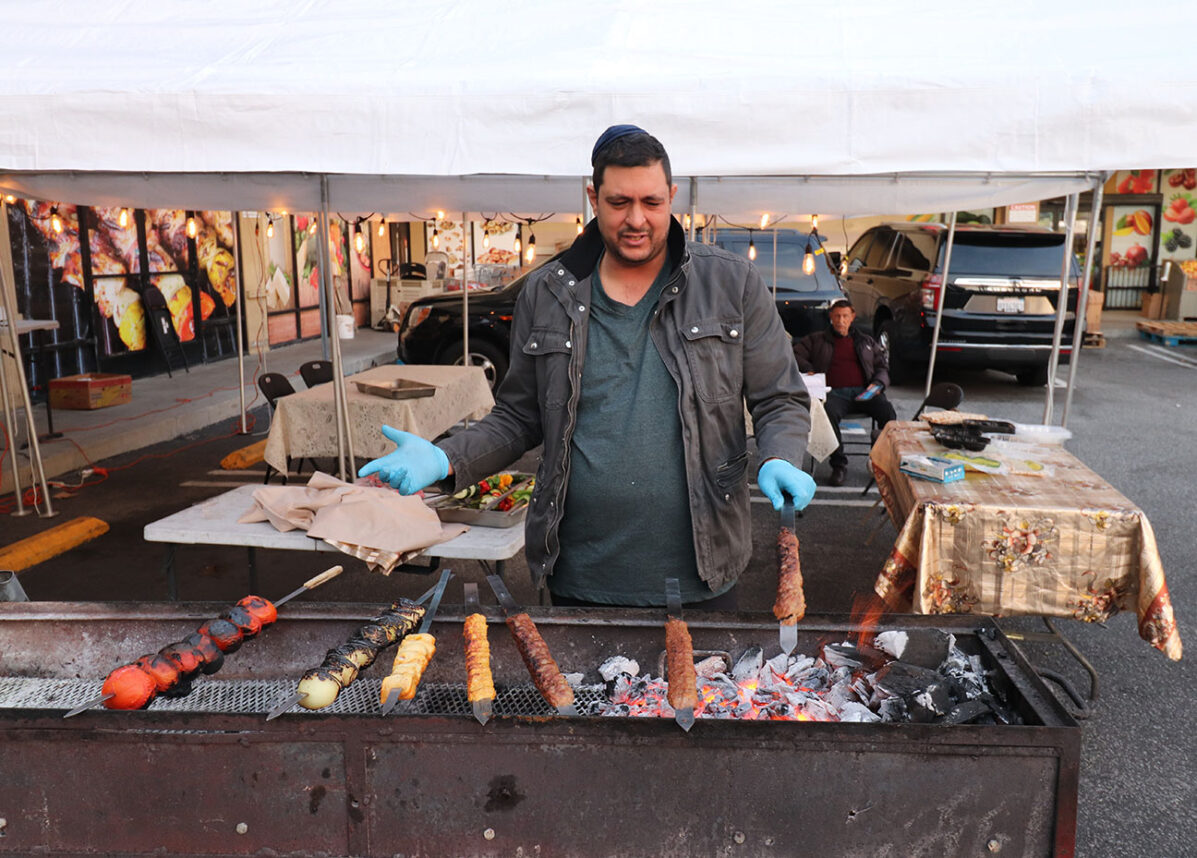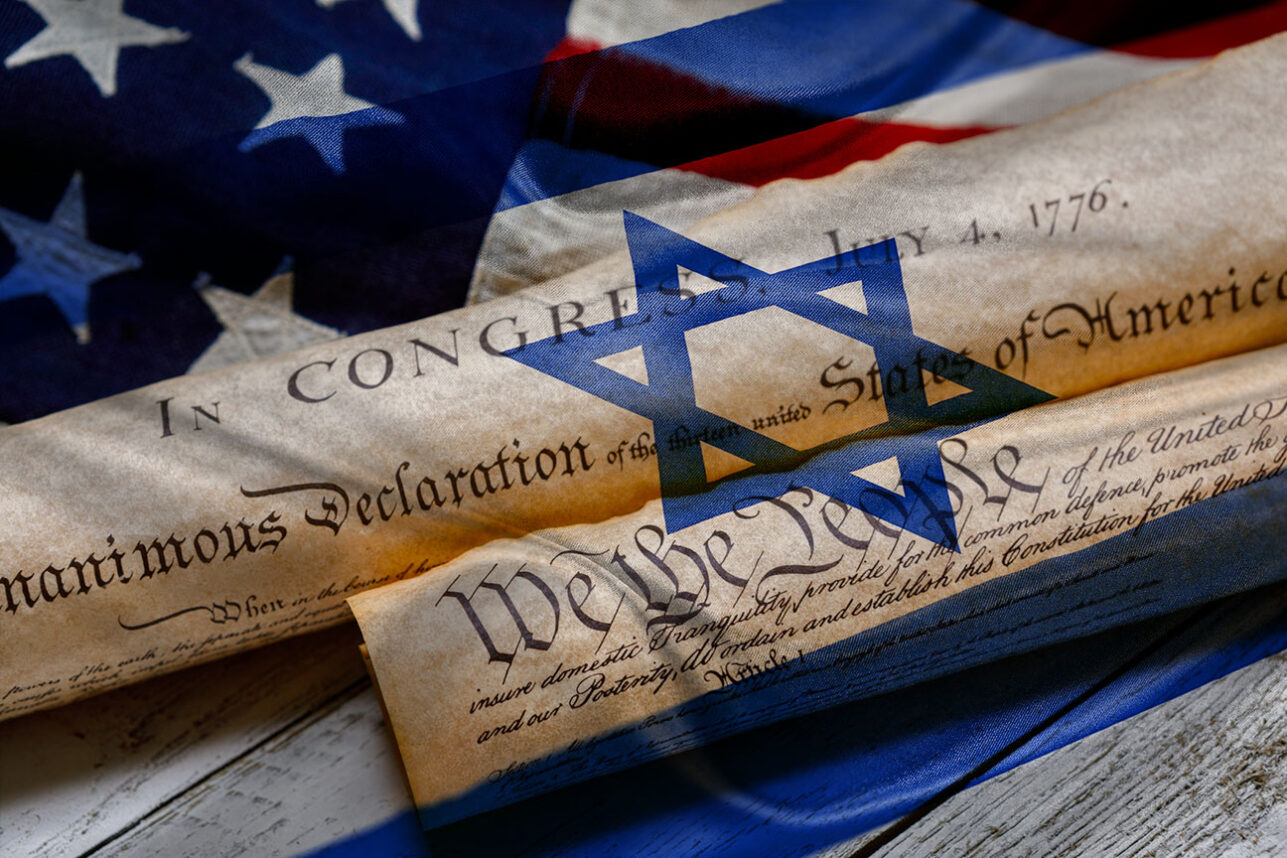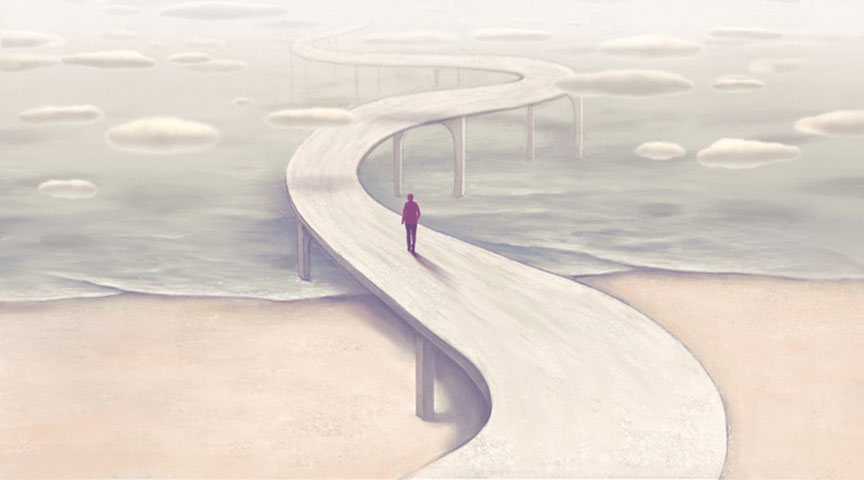In her art-pieces, Marion Kahnemann, a visual artist from Dresden, speculates on humanity in moments of crisis. She says that it is “die Brüche”, or fractures, she is interested in.
Her installations are composed of bits and pieces of found materials. These spaces are populated by unusual characters also composed of found materials. Under every image there is a title which contains a name of a certain biblical character. Suddenly these creatures start communicating, addressing a viewer; they are telling old stories anew. For Marion, a sculpture is a limited means of expression. Yet, it is the limitation that opens the space for a thought and a feeling that is more expansive. It is important to note that Kahnemann works with the possibilities of the interaction between the visual and the textual. Thus, her sculptures-installations, which are executed in a minimalist style, are often accompanied by the texts taken from historical, biblical, philosophical, poetic, or theological sources. These texts bring a concrete context to the artwork. They regulate the content of installations and do not let them dissolve in timelessness. Our conversation with Marion about her work and ideas was made by an email correspondence that she gladly agreed to participate in.
Currently Marion works and lives as a freelance artist in Dresden, Germany. She studied at the Art Academy in Dresden in the Department of Sculpture and twice received a fellowship at Paideia, the European Institute for Jewish Studies in Sweden. Since 1988, Marion has held exhibitions in Berlin, Sofia, St. Petersburg, Wroclaw, Basel, Oakland, California. She has received various awards and grants from the USA, Israel, Germany, and Sweden. You can check out some of her work at http://mkahnemann.de/.
Marion, what place does religion have in your life? When did it become significant? What is it for you: a spiritual search, a matter of faith, or rather a mental task?
Instead of using the word “religion”, I would prefer “civilization” or “a chain of tradition.” The word “religion” seems to me a bit too limited. Regarding my background, I was born in East Germany, the GDR, and I come from a completely secularized family. The only “Jewish knowledge” I grew up with was that of the Holocaust and the pain attached to it. The first time I was in a synagogue was right after the death of my father. I was 17 years old. Even though I did not understand a single word of the service, I was surprised at how familiar the surroundings were. The community started to replace my family which became unreachable because of the division of Germany. I began to study Jewish texts. They stimulated me and helped me to discover positive things about my Jewishness. Soon, this study became an important impetus for my artistic work and created the opportunity for me to pose relevant questions today.
Many of your works depict characters that are famous biblical characters such as Salomon, David, Adam, Jacob, Abraham and others, which through the trivial material you use are placed in a secular context. What is your ambition behind it?
I do not agree that I put the biblical characters through the materials I use into a secular context. I doubt the juxtaposition of the religious and the secular. The materials I work with are made by humans and marked by human use. Each of them has its own history and was thrown away by people. I return them to a human context, although a different one. Besides other things, the Torah speaks about people for people. I just like to study the life stories of these people, their deeds, and encounters, as described in the Torah, in the rabbinic literature, or elsewhere in order to understand them and the texts a bit better. I live with these characters and I argue with them. These multi-layered stories are floating around me. The biblical characters are not at all smooth boring figures! They are human beings and full of contradictions, struggles, longings, and doubts. I also love the way our sages wrote about them. Their stories are so colorful, poetic and manifold, may they also sometimes seem to be a bit too far-fetched or even absurd.
How do you choose characters for your pieces?
It’s usually not that I just decide to make “Adam”, “David” or somebody else. My treatment of Jewish texts is part of a longer process, in which I bring together my findings. These can be objects, texts, stories, daily experiences, and encounters, failed connections with people or just visual discoveries. It depends on this process if a biblical character enters a certain art work and which layer of this character gets more emphasis: their life story or its symbolic or religious content. It is a kind of dia-, tria- or tetralogue – a talk between the different materials, colors, forms, texts, subtexts, me and the viewer. My aim is not at all to illustrate a biblical character!
As it appears to me now, you want a dialogue with the biblical characters through the materials taken from the human world. What is the role of the choice of the material?
It is not through the materials (or at least not only) that I am dialoging with them. This is not a question of quality of the material but rather it is a particular encounter and my state of mind that matter. Another point is that the materials I use are only a part of a multilayered composition which in the end makes the meaning of the entire piece. So I cannot speak about the meaning of one single material. There is no absolute material, as there is no absolute color. They are always determined by their surroundings, size, quantity, and texture. I am not sure that this answer will satisfy you, but I cannot get more specific. One of the rare examples I could think of when the material does have a symbolic character of its own is the monument for the deportations at the railway station “Neustaedter Bahnhof” in Dresden. There I mainly used three materials: fragile looking glass, Corten steel and ordinary paving stones. However, this statement would not also be totally true, as these materials are meant to interact with the surroundings as well.
You became a fellow at Paideia, the European Institute for Jewish Studies in Sweden twice. What was the reason of your return to the academic learning?
I saw it as a great chance to get the opportunity to study for one year with fantastic teachers and fellows. Self-study has its limits. At a certain point it is good to get enriched and get a structure to the knowledge I already had. It is also important to get to know where to look up things and to meet people, for whom these texts are a living and vibrant reality. As for the second year at Paideia, there is a little misunderstanding. For that year I was asked by Padeia to be a tutor for a project of three students, three girls, born in Russia or Ukraine and who now live in Germany. I got half a scholarship and was coming to Stockholm once a month to work with them. But of course I joined the lectures, so once again I enjoyed an intense learning practice.
I have a catalog of your works entitled “Further Searches”. Many of the images are accompanied by quite long passages from the Torah or the Talmud. What is their purpose? Do you think it should limit a possible audience to the one that is familiar with the religious tradition or, on the contrary, expand it?
The title of the catalog is “Weite Suchen” which is a word game probably only functioning in the German language. The direct translation is “looking for scope/expanse”. But if I add an article “(Das) Weite Suchen”, then it means “running away/fleeing.” I very much enjoy this double meaning. By the collection of texts I wanted to introduce to the viewers the texts I love, which inspire me and which are deeply connected to my art works – sometimes in a more direct sense and sometimes indirectly as a subtext. I do not think that these texts can be only meaningful in the Jewish religious surrounding. Especially when we take in account the fact that quite a lot of Jews are not familiar with them and also that we share some of these texts with Christians who often read them differently. But then again, my objective is not to illustrate these texts. They are part of a whole fabric. The works themselves should function as pieces of art even without these texts or if the texts are integrated in the art work as a pattern and thus a part of the composition. But I think it can be an enrichment to know what an artist likes to read.
In another collection of your works entitled “Acher – Der Andere“ (The Other) its foreword suggests that an experience of “the other” is only possible when one does not perceive it as a personal threat to stability but rather as an enriching encounter, a relationship with an open end. Who is this “Other” for you? Who are those you find a challenge to meet and deal with?
The “Other” can be everybody outside of your reference group. This can be somebody other than your friends, somebody outside of your social or political affiliation, your working staff. In other words, it is somebody who challenges your sense of belonging to a certain nationality or a religious group. The point is where you draw the limits when deciding on who should live in your neighborhood or go with your children to school. It may also be just somebody who thinks, feels, behaves, or remembers the past differently than you do. What about a stranger in yourself? Among the others, a couple of important questions preoccupy me as well. What makes an encounter a real one and not a missed connection? How can we respectfully deal with our different historical or cultural backgrounds? Where does exclusion start? And how far should we go in adapting ourselves to our surrounding or demanding it from the “Other”?
To what extent could an artist go in interpreting a religious text? Are there any limits at all?
I think there are no limits if I do it with respect.
Do you think art can have a nationality or religious affiliation?
Art, I believe, cannot, but I as an individual most certainly have one. I do not create art without my personal backgrounds, my feelings, my memories, and my living reality.
Do you know other artists in Europe with whom you would have the same mindset? How would you define this mindset?
Unfortunately I do not know any in the Jewish context. I would like to find them… Or it might be Daniel Liebeskind, who works a lot with texts and their overlapping history.
Do you indicate any problems for an artist who in their art deals with religious themes in Europe?
Again, I would not call it “religious themes.” It is too limited for my taste. But I have also the feeling that this term is misleading when I compare it, for example, to the “Christian art”, which has a completely different meaning especially if you place it in the context of art history.






















 More news and opinions than at a Shabbat dinner, right in your inbox.
More news and opinions than at a Shabbat dinner, right in your inbox.